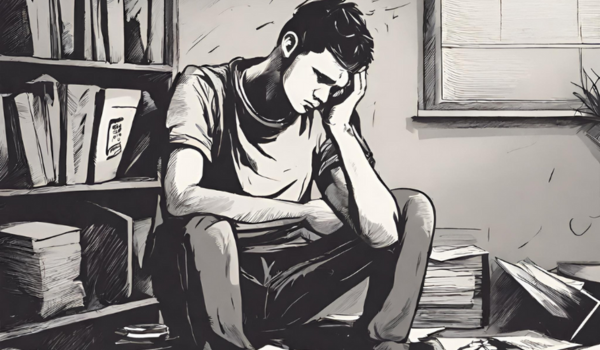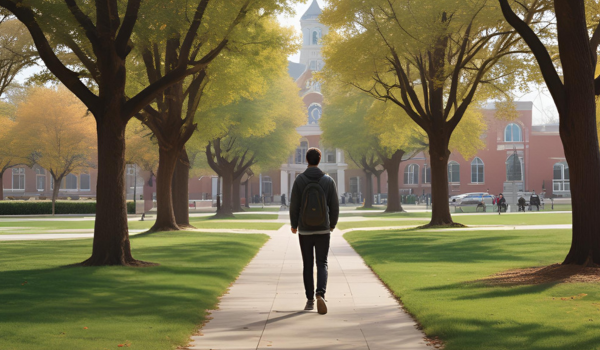According to a recent report by the International Labor Organization (ILO), about 2 billion workers globally, translating to 61% of the global workforce, are categorized as vulnerable and informally employed (ILO, 2020). This startling statistic underscores an overlooked reality. A research team comprised of scholars from the United States, Australia, and the Philippines have noted that this group deals with a set of at times intersecting, normalized inequalities. These vulnerabilities often remain undisclosed for fear of discrimination (Restubog et al., 2021).
This large section of workers share a common phenomenon: a higher subscription to the Conservation of Resources (COR) theory. This theory posits that individuals strive to acquire, retain, and safeguard valued resources, leading to stress and burnout when such resources are perceived as threatened or depleted. It highlights the struggle these workers endure with underemployment and poverty, often accepting jobs they are overqualified for, underpinned by the belief that their unique differentiating factors compel them to take what they can.
One segment of these vulnerable workers includes students with disabilities, a demographic faced with additional challenges. A longitudinal study by the National Center for Education Statistics (NCES) from 2009 showed that roughly 11% of college undergraduates reported a disability (Hinz et al., 2017). When juxtaposing this finding with the number of college-eligible students who had an Individualized Education Plan (IEP) in high school, a sizable portion could be enrolled without revealing their disability.
Given the ILO's and the NCES's findings, we can postulate that over half of the undergraduate population could potentially fall into the vulnerable bracket. This includes, but is not limited to those:
- Suffering from chronic illnesses
- Dealing with mental health issues
- Immigrants and migrants
- Refugees
- Victims of violence
- Ex-offenders
- Disabled
- Members of the LGBTQ+ community
To tackle these issues, Career Services and Academics must bridge their efforts to confront the socioeconomic challenges that vulnerable students face. The goal being to secure future employability and combat issues such as erratic employment and diminished health status. The trend in higher education institutes is to merge the efforts of career service teams and curriculum designers. This partnership is geared towards helping students better understand and articulate their skills while fostering the development of new competencies (Presti et al., 2022).
Through the development and institution of programs geared towards addressing career competencies, organic opportunities could be created for these vulnerable student groups thereby mitigating the hardship they endure and creating a more inclusive and diverse workforce.
References
Hinz, S., Arbeit, C., & Simone, S. (2017). Characteristics and outcomes of undergraduates with disabilities. S. National Center for Education. https://nces.ed.gov/pubs2018/2018432.pdf
Presti, A. L., Capone, V., Aversano, A., & Akkermans, J. (2022). Career Competencies and Career Success: On the Roles of Employability Activities and Academic Satisfaction During the School-to-Work Transition [Article]. Journal of Career Development, 49(1), 107-125. https://doi.org/10.1177/0894845321992536





